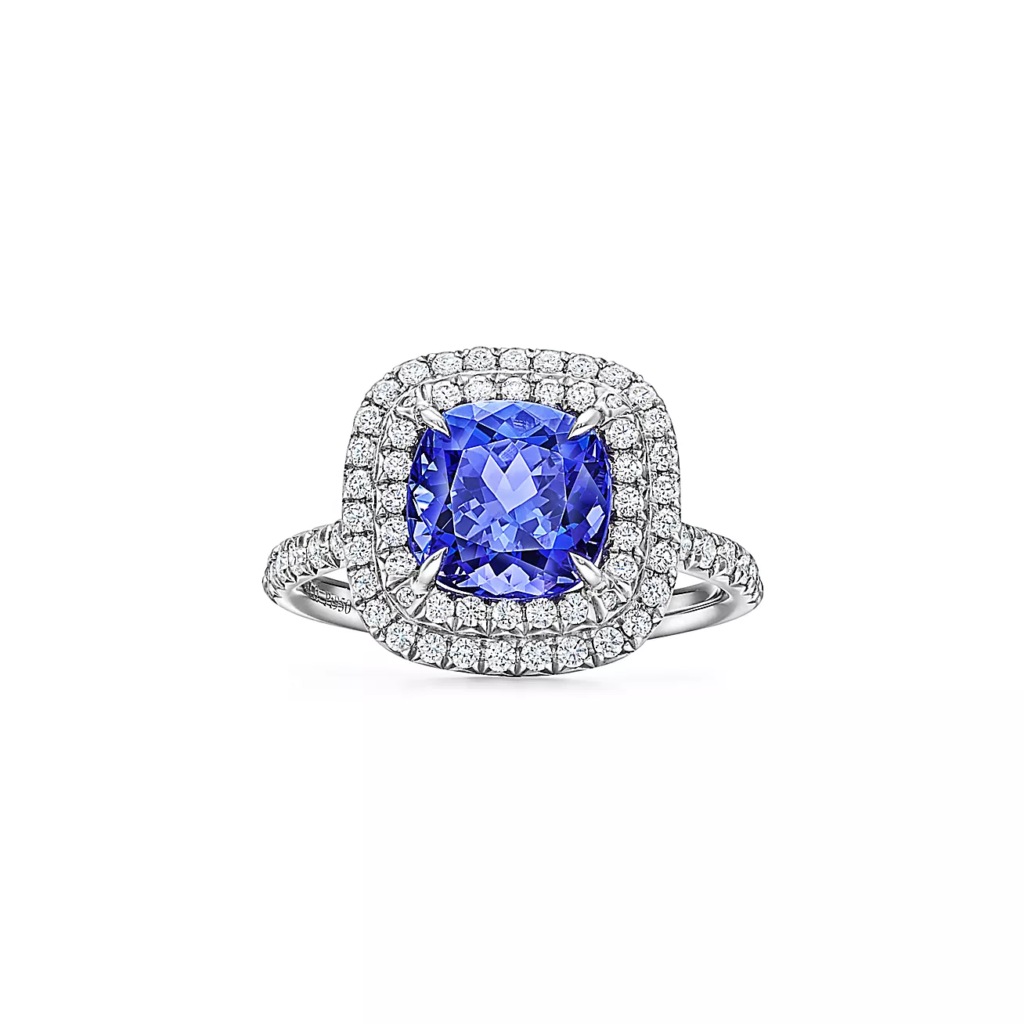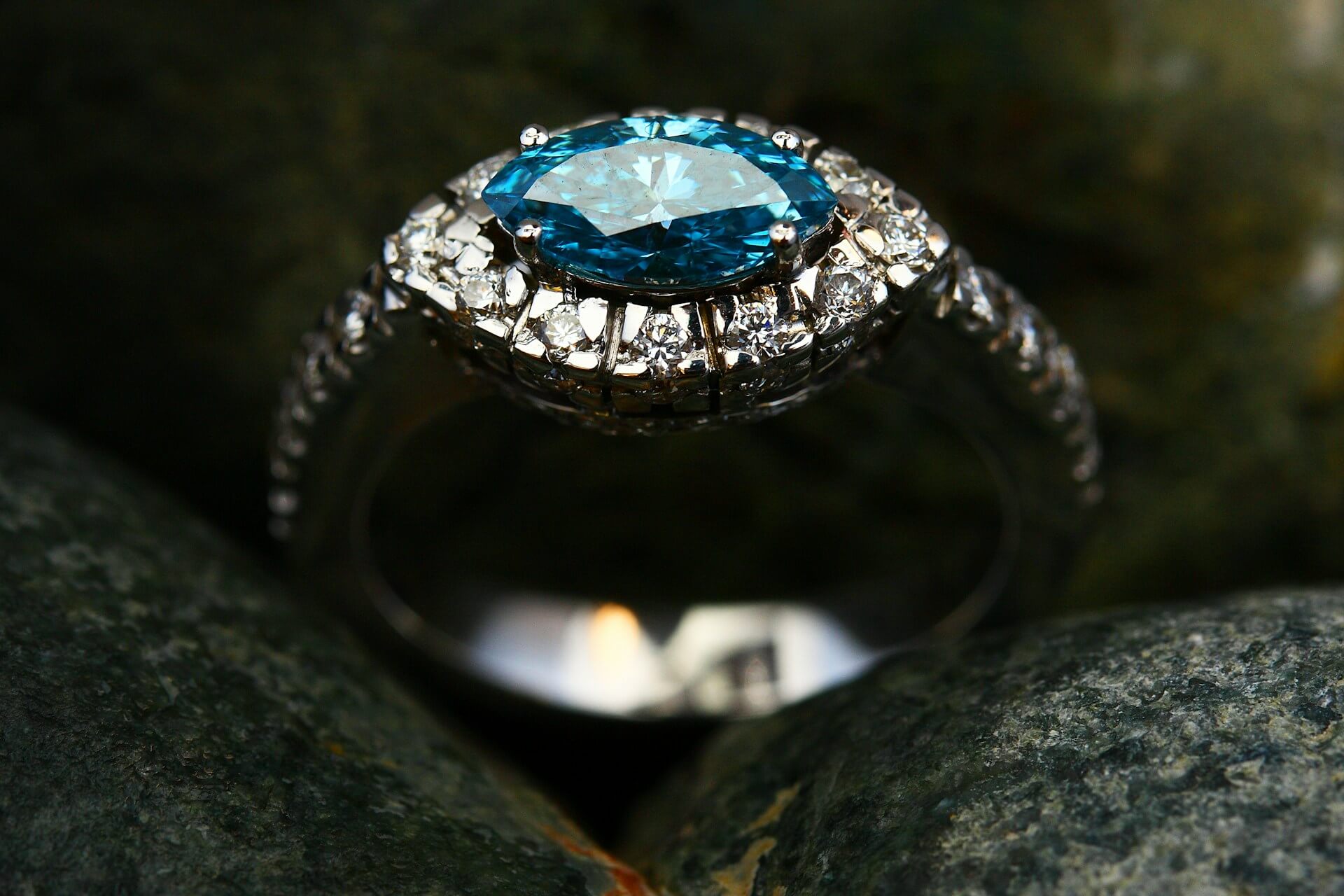Jewelry is a big thing in fashion. However, not all jewelry is created equal. There are significant differences between luxury and standard jewelry, which can affect the value, durability, and “status” of a piece. If you’ve ever wondered what defines luxury jewelry, how it compares to fine jewelry, or whether paying extra for it is worthwhile, this article provides all the answers.
Table of Contents
What Is Luxury Jewelry?
Luxury jewelry is seen as exclusive often showing wealth and is made with exceptional craftsmanship and high-quality materials. What sets luxury jewelry apart from standard or fine jewelry is the use of precious metals or gemstones and the attention to detail in the design, production, and finishing process.
In short Luxury jewelry is just jewelry with better materials and better craftsmanship.
Key characteristics that define luxury jewelry include:
High-Quality Materials: Luxury jewelry is often made from 18k or 24k gold, platinum, or the finest quality silver. The gemstones used are of the highest grade, with almost perfect cuts, clarity, and color. Diamonds, sapphires, rubies, and emeralds in luxury pieces are often(but not always) sourced ethically and certified by reputable institutions like the Gemological Institute of America (GIA).

Great Craftsmanship: Luxury jewelry is often created by master artisans who have honed their skills over many years. Each piece is either handmade or involves a significant amount of manual work, ensuring precision and flawless execution. Leading luxury brands like Cartier, Van Cleef & Arpels, and Tiffany & Co. employ artisans who specialize in intricate designs, settings, and techniques.
Limited Production: Luxury brands typically produce limited quantities of each design, adding an element of rarity to their pieces. Some may even offer one-of-a-kind creations, making a piece more exclusive and adding to the value of the jewelry.
Prestigious Branding: Brands with long histories and strong reputations are known for a high standard of quality and taste. Owning a piece of jewelry from a luxury brand often represents status, prestige, and refinement.
What is the Difference Between Fine Jewelry and Luxury Jewelry?
The terms “fine jewelry” and “luxury jewelry” are often used interchangeably, but they are not exactly the same. Fine jewelry represents a high standard of quality, but luxury jewelry takes things a step further.


Fine Jewelry:
- Fine jewelry is made from precious metals like gold, silver, and platinum and uses genuine gemstones, but it doesn’t necessarily carry the prestige or craftsmanship of luxury jewelry.
- Fine jewelry is often more accessible in terms of price compared to luxury jewelry, though it still holds significant value.
- While fine jewelry can be mass-produced, many pieces are still well-crafted and durable enough for everyday wear.
- Examples include engagement rings, gemstone earrings, or necklaces that are valuable but not tied to an exclusive brand.
Luxury Jewelry:
- Luxury jewelry is a subset of fine jewelry that features superior craftsmanship, rarer materials, and prestigious branding.
- These pieces often involve labor-intensive techniques such as hand-engraving, custom settings, or unique designs tailored to individual clients.
- Luxury jewelry also has higher prices due to the artistry, exclusivity, and brand reputation behind each piece. But mostly because of their branding.
In short, all luxury jewelry is fine jewelry, but not all fine jewelry is luxury jewelry. Luxury Jewelry is the best jewelry gets.
Is It Worth Buying Luxury Jewelry?
Whether luxury jewelry is worth the investment depends on several factors, such as your budget, lifestyle, and personal preferences.
Here’s why it might be worth it:
Longevity and Durability: Luxury jewelry is built to last. The use of high-quality materials and skilled craftsmanship ensures that these pieces can be passed down for generations. Unlike standard jewelry, which may degrade or lose stones over time, luxury jewelry maintains its look and beauty.
Investment Value: Many luxury pieces appreciate over time, especially if they are from renowned brands or feature rare gemstones. Pieces by designers like Harry Winston or Bvlgari often become valuable heirlooms or collector’s items.
Sentimental and Artistic Value: Luxury jewelry often involves artistry that makes the pieces as much a work of art as they are accessories. A beautifully crafted piece can hold deep sentimental value and be a cherished part of your style.
Why it might not be worth it:
Price: The high cost of luxury jewelry may not be justifiable for everyone, especially if the piece will only be worn occasionally. Some may find more value in fine jewelry, which offers a balance of quality and affordability.
Practicality: Luxury pieces can be too delicate for everyday wear, especially if adorned with large gemstones or intricate designs.
Trends: Trends in luxury jewelry can shift, meaning a trendy piece may lose its appeal over time. However, classic designs tend to retain their desirability.
What Is the Highest Quality of Jewelry?
When considering the highest quality of jewelry, several factors come into play, including the type of materials, craftsmanship, design, and the brand’s reputation. Here are the top qualities that indicate the best in jewelry:
Materials: Platinum and 24k gold are among the most durable and sought-after metals for jewelry. For gemstones, diamonds with perfect cuts and minimal inclusions rank highest. The Four Cs (cut, clarity, color, and carat) are key when evaluating diamond quality.
Design: The most valuable jewelry often involves unique or intricate designs that are one-of-a-kind or limited edition. These designs are typically the hallmark of luxury jewelry, as opposed to mass-produced standard jewelry.
Brand: Certain brands are synonymous with the highest quality of jewelry, including Cartier, Tiffany & Co., Van Cleef & Arpels, and especially Graff which is known for making the most expensive watch ever made with a lot of rare diamonds.
Conclusion
The difference between luxury and standard jewelry is more than just price and branding. Luxury jewelry is defined by its superior materials, exquisite craftsmanship, exclusivity, and brand prestige. While fine jewelry can offer high quality, luxury pieces take it to the next level.
Whether purchasing luxury jewelry is worth it depends on your personal values if you like showing a little of with exclusive jewelry that might have some investment potential then luxury jewelry may be the right choice. However, fine jewelry offers a more accessible option for those who seek quality without the higher cost.




